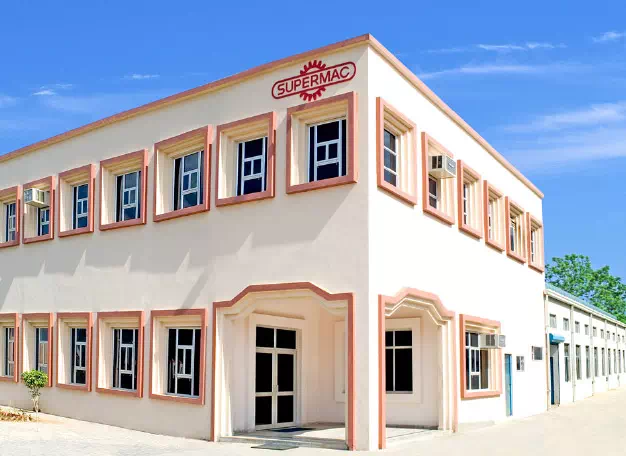The cable manufacturing process involves several steps to produce electrical cables for various applications. Here is a general overview of the cable manufacturing process:
Conductor Preparation: The production process begins with the preparation of conductors. Copper or aluminium wires of the desired gauge are fed into the automatic dual reel machine. The conductors are accurately and uniformly spooled onto dual reels using this machine.
An automatic dual reel machine is built with components like emergency stop buttons and sensors to protect the operators' safety. The danger of injury from physical handling or repetitive actions is decreased by automating some jobs.
Insulation Extrusion: The prepared conductors are then directed to the triple cross head, a specialised extrusion machine. Three layers of insulation can be extruded onto the conductor simultaneously, thanks to the triple cross head. The experienced triple cross head manufacturers in India ensure the cables meet the required insulation thickness and electrical performance standards.
Cross-Linked Polyethylene (XLPE) Insulation: The extrusion method involves the use of XLPE material, which is commonly utilised in medium voltage cables because of its good electrical qualities and resilience to heat. The XLPE insulation is uniformly distributed around the conductor by the triple crosshead.
Curing: The cables move through the dry cure CCV lines machine for medium voltage cables after applying the insulation. This machine utilises a controlled temperature and curing process to facilitate cross-linking of the XLPE insulation. Cross-linking strengthens the cable's mechanical and electrical qualities, making it more robust and reliable.
Jacketing: After the cables have been appropriately cured using a dry cure CCV lines machine for medium voltage cables, they proceed to the jacketing stage. Extruded PVC or HDPE protective outer layers are typically applied to cables for mechanical strength, environmental protection, and external factor insulation.
Quality Control: Strict quality control procedures are used throughout the manufacturing process. The cable's electrical, mechanical, and dimensional properties are regularly checked and tested.
Conclusion
Cables are manufactured using a process that includes conductor preparation, insulation extrusion, curing, jacketing, cooling, sizing, quality control, and packing. This thorough process ensures the creation of dependable and high-performance medium-voltage cables. Supermac is a trusted name for triple cross head manufacturers in India that help smoothen the cable manufacturing process.







0 Comments